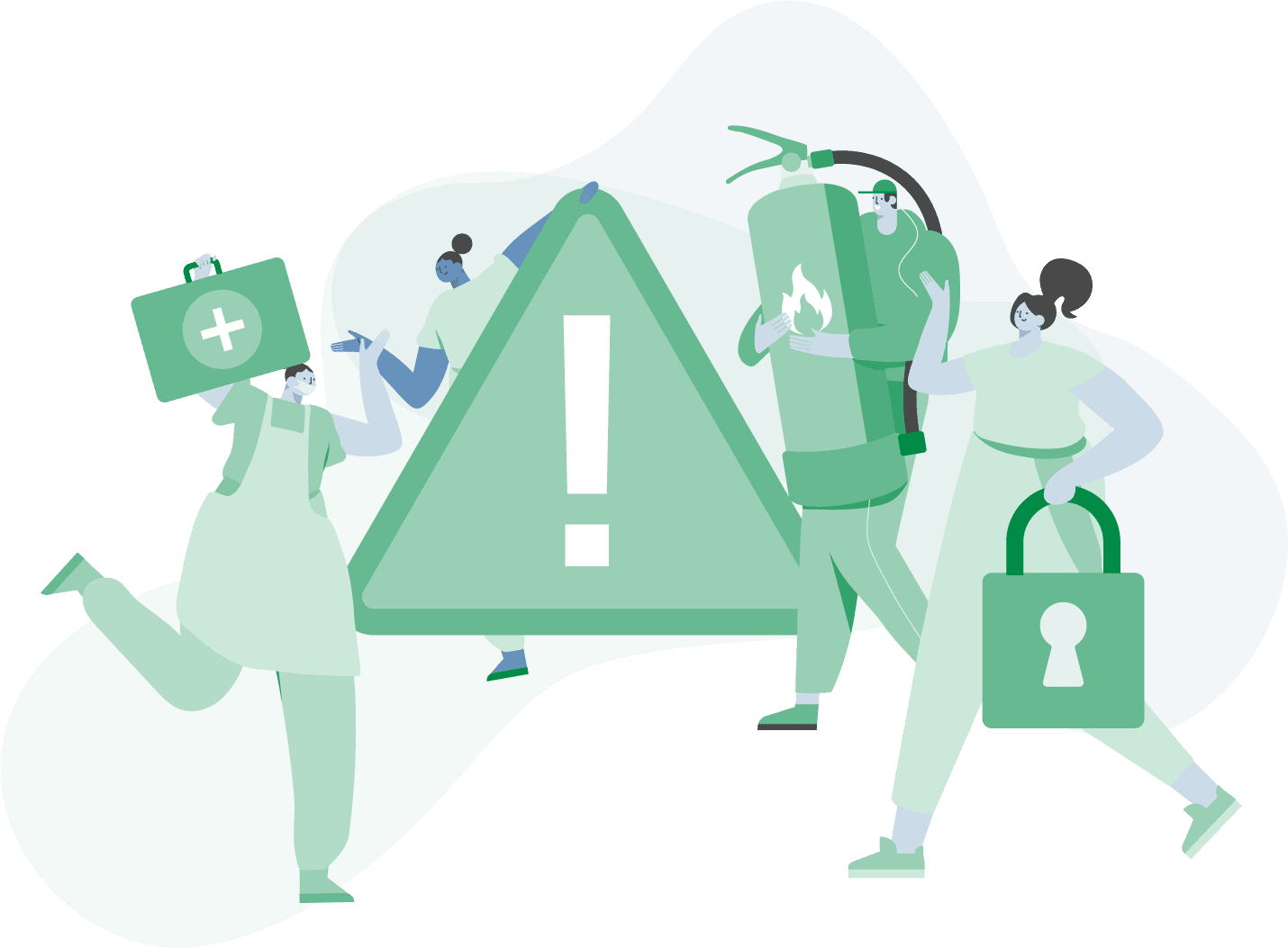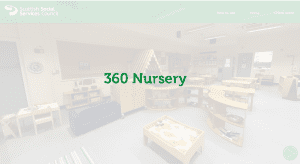
Identify health and safety hazards in a real care service
Introduction

In this final section you’ll learn about health and safety responsibilities and you’ll have a chance to practise identifying some workplace hazards in a real care service. Before you load the 360 digital tour of Dundee University Nursery take a moment to review the information below about the law, training and qualifications.
The law
Health and safety responsibilities are set out in law. The Health and Safety Executive (HSE) has a range of guidance on its website including a leaflet which tells you the basics about what you need to know.
Click on the rows below to reveal more information.
Training and qualifications
As described in the above information about the law, employers are responsible for providing training to help you in your role. You are also responsible for following this training.
Health and safety is a core area of practice for all types of care professional and a good understanding can help you in your career. In fact, everyone who completes a care qualification in the workplace (called a Scottish Vocational Qualification, or SVQ) will do a mandatory unit about health and safety. We used this unit as inspiration for this activity.
How to explore Dundee University Nursery
Acknowledgements
We want to thank the manager and staff at Dundee University Nursery for helping us to create this digital scene. You have created a safe, fun and educational nursery space and we’re grateful you agreed to share it to help others consider a similar career!
Instructions
Explore the items in the scene marked with a question mark icon to learn about health and safety dangers (called ‘hazards’) and the responsibilities held by employers and employees in care settings.
While this example is based in a nursery we’ve chosen hazards which you could find in any type of care service so you will be able to transfer your learning to any role.
In most of the hazards we’ve included examples from the Health and Social Care Standards and SSSC Code of Practice for Social Service Workers and Employers.
These are two resources that care workers use in their daily practice.
If you are using a mobile phone this may use additional data so we recommend you connect to wifi if possible.
End of section

Thank you for completing our staying safe and well resource!
You can find three other resources on the home page or you can scroll down to find links to some career pathways.




